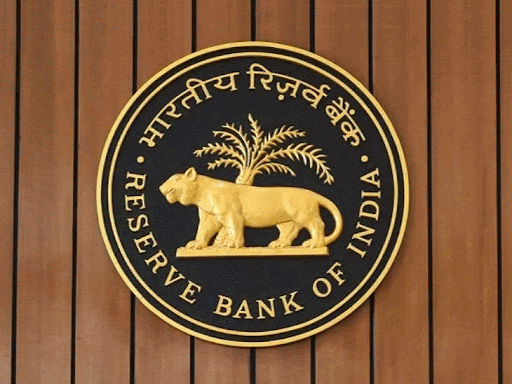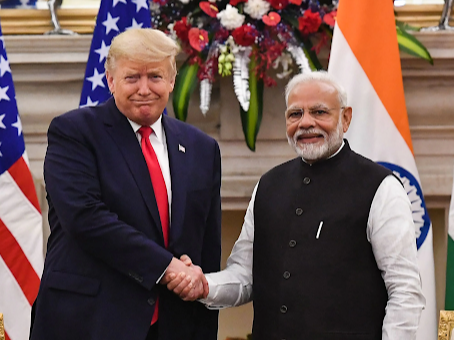New Delhi3 minutes ago
- Copy link
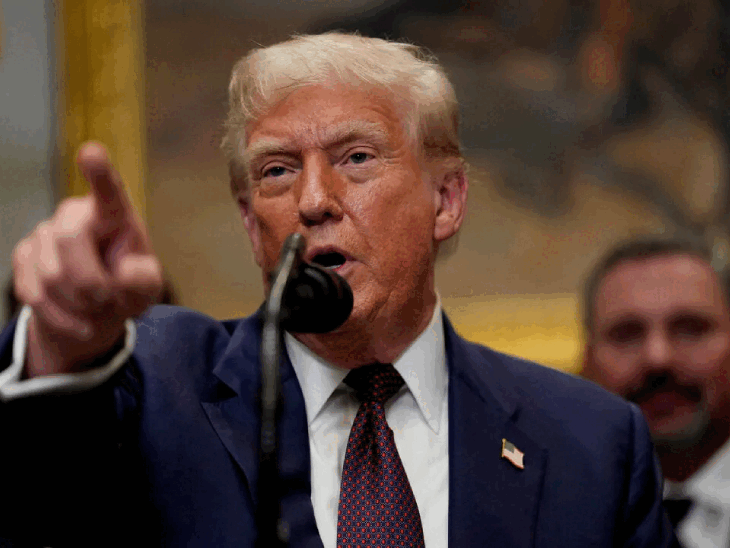
On July 30, Donald Trump announced a 25% tariff on India. It is being implemented from today. Additional 25% tariff will be taken from August 27.
The goods sent from India to America will be charged today i.e. from August 7, 25% tariff. At the same time, 25% extra tariff will be applicable from August 27. This will make Indian goods expensive in the US market. Their demand may decrease.
However, India’s exporters say that they have markets around the world other than the US to sell goods. Many sectors like jewelery are more due to India’s reduced export tariff to America. These traders can increase share in the rest of the world’s markets after the tariff increases.
Let us understand how much affect the 25% tariffs being implemented from today…
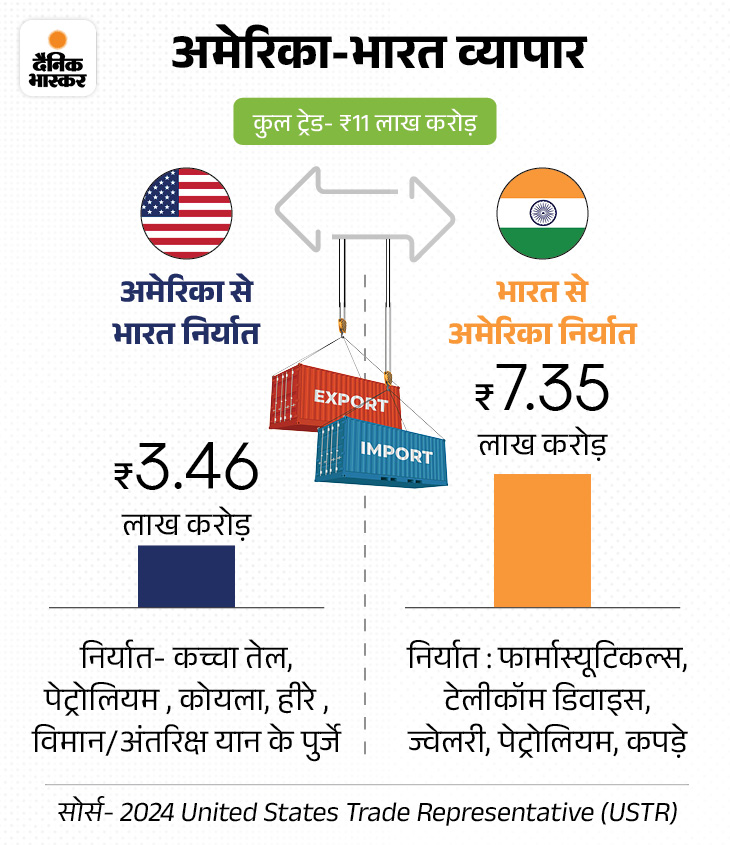
1. Engineering Goods: Most exports
Earlier Status:
India exported engineering goods worth $ 19.16 billion (about 1.68 lakh crore rupees) in 2024. This includes steel products, machinery, automotive parts, electrical machinery, and other industrial equipment.
- Current tariff:10%, many engineering products also exempted under section 232.
- Example: The $ 100 part is sold in the US for $ 110.
After the tariff:
- New tariff: 25%
- New cost: The luggage of $ 100 will now be $ 125.
- Effect: Exports are reduced by 10-15% due to increase in price.
- Affected companies: Companies like Bharat Forge, Tata Steel, and L&T.
- challenge: Millions of jobs may be in danger. Small and medium enterprises will be the most affected which contribute 40% of engineering goods exports. They have low to tolerate cost.
What can India do?
- The demand for engineering goods is increasing in Europe (Germany, UK) and ASEAN countries (Singapore, Malaysia). India can increase share in these markets.
- Reduce production costs by expanding the PLI scheme for engineering goods, so that companies are competitive in the US market.
Shipment is likely to decrease due to tariff
Pankaj Chadha, chairman of the Engineering Export and Promotion Council of India, said- If the US proceeds with its plan and imposes 50% tariff on steel, aluminum and their derivatives, then export of these major items will become expensive, which is likely to reduce shipment. We have to wait for about three months to see how things go ahead. After this we can make a strategy. In the last few months, orders were already taken more due to the possibility of high tariffs.
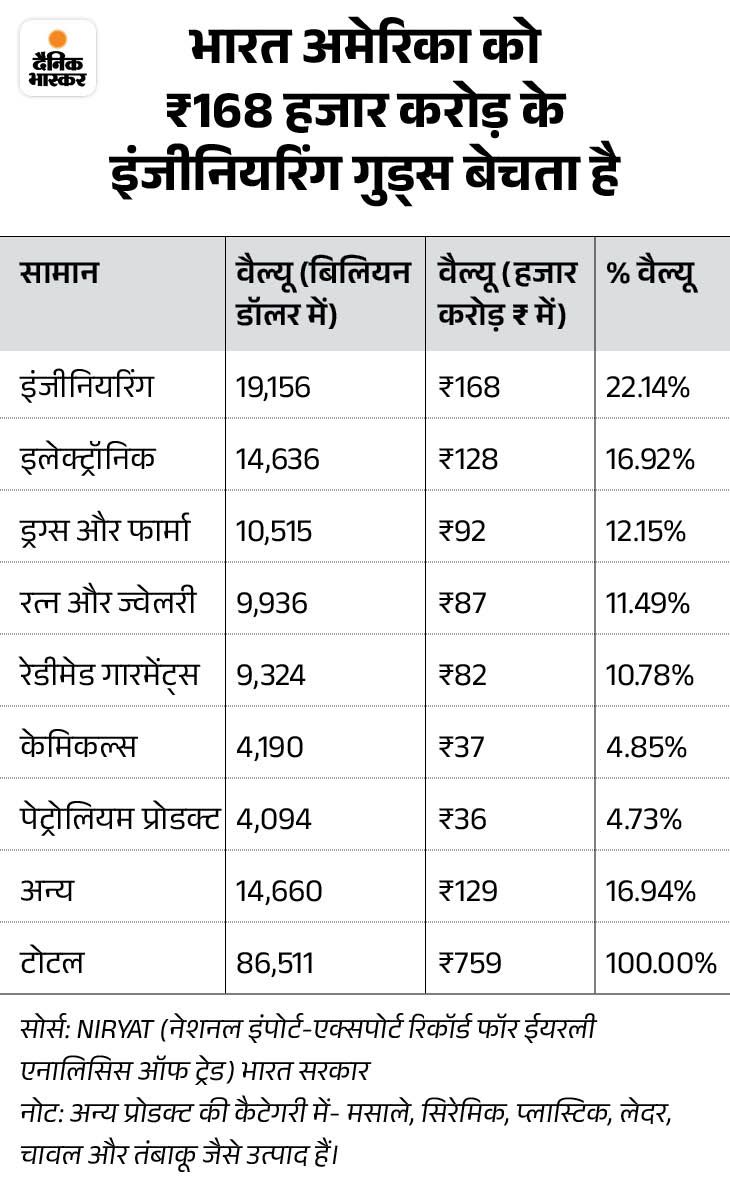
2. Electronics: More impact on smartphone
Earlier Status:
India exported electronics worth $ 14 billion (about 1.23 lakh crore rupees) to the US in 2024. It had a large part of the smartphone, especially the iPhone. India is the largest supplier of the US iPhone.
In April, when Donald Trump announced the tariff for the first time, average on electronics was a tariff of 0.41%. Example: The $ 100 smartphone was sold in the US for $ 100.41.
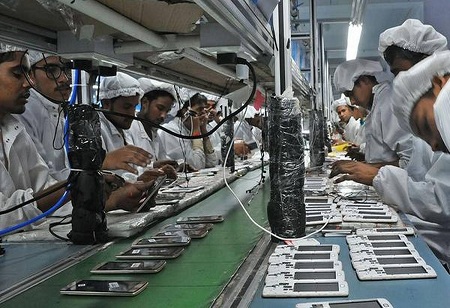
44% of smartphones sold in America are made in India.
After the tariff:
Currently, electronics are exempted from 25% tariff. Until section 232 tariffs are announced, America will not have any effect on the export of smartphones like Apple, Samsung, Motorola.
But after the announcement of section 232 tariffs, if a new tariff of 25% is applied, then the electronic goods exported from India in the US will become expensive and it will have an impact on exports.
- New Tariff: 25,
- New cost: The $ 100 smartphone will be around $ 125.
- Effect: Prices increase by 25%, which possible to reduce demand by 20–25%.
- Affected companies: Companies like Apple and Dixon Technologies.
- challenge: Tough competition with countries like Vietnam and Mexico.
What can India do?
- To interact to maintain smartphones and semiconductors to maintain exemption from tariffs.
- Emphasis on strengthening the domestic market and developing new brands.
3. Pharma: 250% tariff threatens
Earlier Status:
In 2024, India exported drugs worth about 92 thousand crores to the US $ 10.52 billion, ie, about 92 thousand crore rupees. This is about 40% of the American prescription.
- Current Tariff: 0% (Pharma was still discounted).
- Example: The $ 100 drug costs $ 100, because there is no tariff.
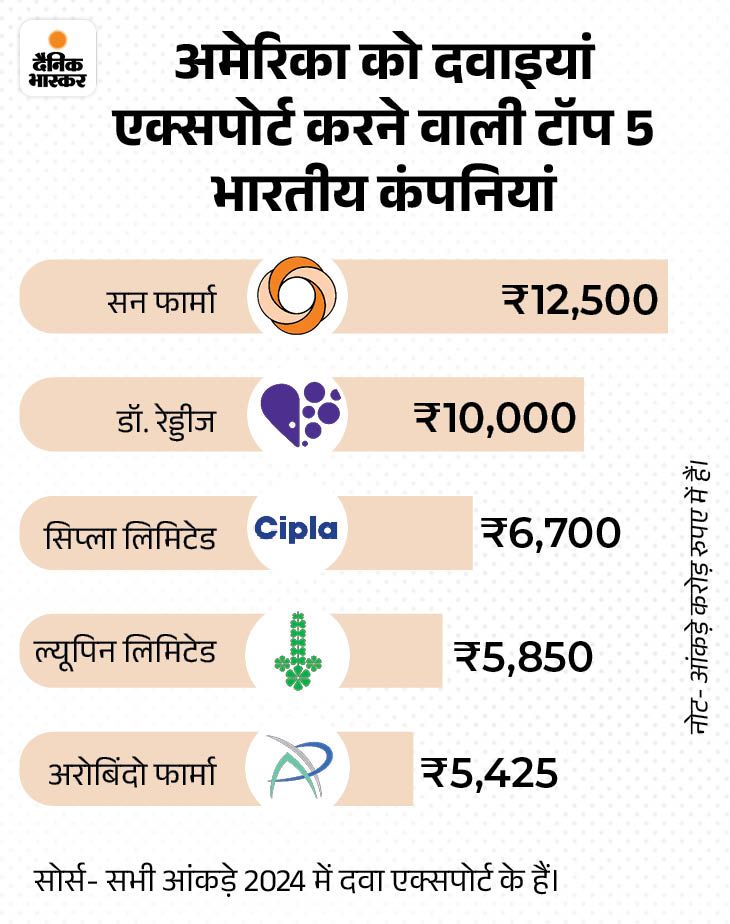
After the tariff:
Pharma is currently exempted, but Trump has threatened 150% in 18 months and 250% tariffs.
- If 25% tariff applied: The price of $ 100 medicine will be $ 125.
- Affected companies: Sun Pharma, Dr. Reddy, Cipla, Lupine (whose 30% revenue comes from America).
- challenge: If the tariff is implemented, it will have to compete with countries like Vietnam.
What can India do?
- Emphasis on trade deal with the US to keep generic drug prices low.
- Increase exports in alternative markets like Europe and Latin America.
4. James & Jewelery: Export double before tariff
Earlier Status:
India exported gems and jewelery worth $ 9.94 billion (about 87 thousand crores) to the US in 2024. This is 44.5% of American diamond imports. India is the world’s largest diamond exporter.
- Current tariff: 10%
- Example: The $ 100 diamond is sold in the US for $ 110.
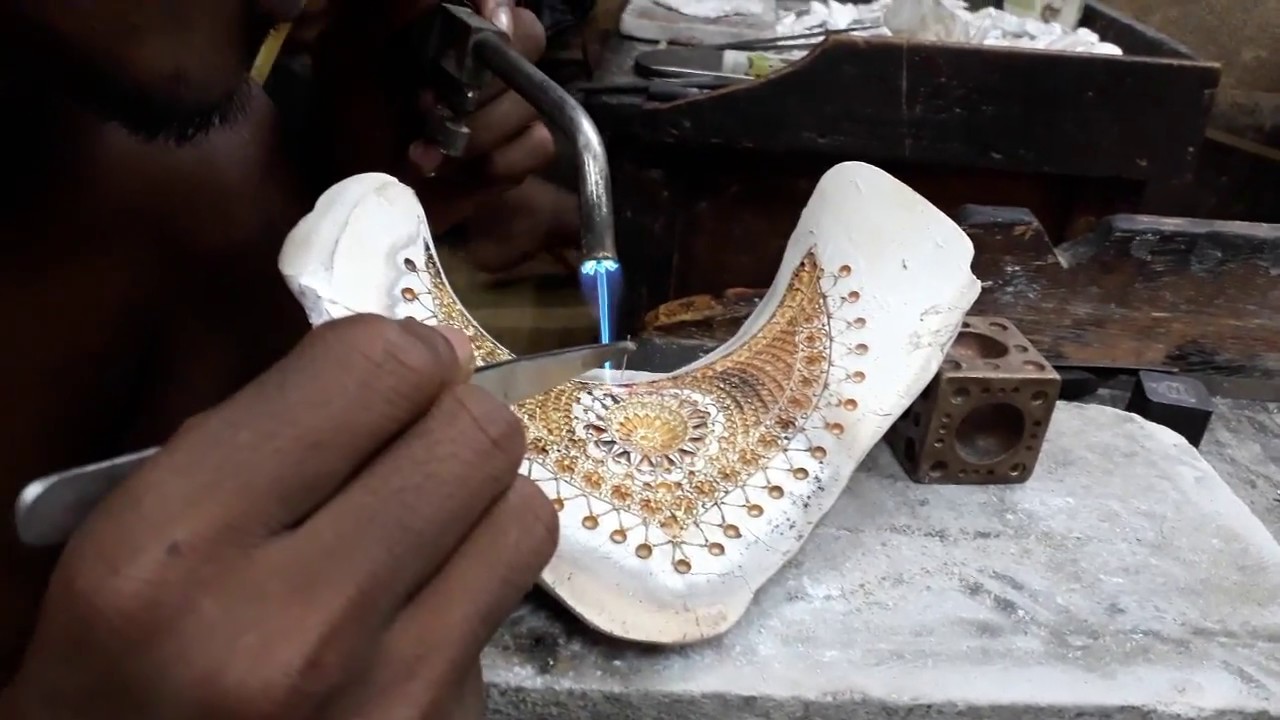
Increased prices in the US may reduce exports by 15-20%.
After the tariff:
- New tariff: 50%
- New cost: The $ 100 diamond will now be $ 150.
- Effect: Possible to reduce exports by 15-20% due to increase in price.
- Affected companies: Rajesh Exports, Titan, Kalyan Jewelers.
- challenge: American buyers can move towards cheap options, which can put the jobs of millions of artisans in danger.
What can India do?
- Rapid completion of Indo-America Bilateral Trade Agreement.
- Increase diamond exports in European markets.
Exporter said- America more impact than us
Jayanti Savaliya, President of Surat Region at the Gem and Jewelery Export Promotion Council, said- Our share in the jewelery market around the world is only 6%. We currently have space for 94% market. We were still exporting in the US market because the tariff was less.
Now 25% tariff will be taken directly, but it will also be stable gradually. America will have more effect than us. He also said that the news of increasing the tariff has become double-triple. People want to avoid tariffs by selling goods before 7 August. Due to this, there will be no requirement of goods for the next 3-4 months.
However, no one can tell about what will happen next.
5. Textile: Break on demand for clothes
Earlier Status:
In 2024, India exported textile to US $ 10 billion, or about 87 thousand crores. This includes readymade garments to cotton yarn and carpet.
- Current tariff: 10%
- Example: A cloth of 100 was sold in the US for $ 110.

Demand may decrease due to increase in the price of Indian clothing in the US.
After the tariff:
- New tariff: 25%
- New cost: The $ 100 cloth will now be $ 125.
- Effect: Prices increase by 25%, which possible to reduce demand by 20–25%.
- Affected companies: KPR Mill, Arvind, Vardhman Textiles.
- challenge: Competition from countries like Bangladesh and Vietnam.
What can India do?
- Rapid completion of Indo-America Bilateral Trade Agreement.
- Pay attention to domestic brands and value-aided products.
Businessman said- The entire trade was disturbed by tariff
Gujarat based textile businessman Ashish Gujarati said- It is going to have an impact on the overall industry. The biggest buyer of home textiles is US. In this segment, we export 35% of India’s total exports.
I think its solution should also come in 2-3 months. There is no clarity right now. 7 Tariff is being taunted from the date, then everyone is in the panic. What will happen- how will the date be extended or not. Due to this, the entire trade has been disturbed.
6. Automobile: Most impact on Auto Parts Export
Earlier Status:
In 2024, India exported only $ 8.9 million passenger cars to the US, which is only 0.13% of the country’s total export of $ 6.98 billion.
Talking about truck exports, trucks worth $ 12.5 million were exported to the US, which is 0.89% of India’s global truck exports. These figures reflect the limited risk of this sector.
Auto parts are the highest attention segment. In 2024, India exported $ 2.2 billion auto parts to the US, which is 29.1% of its global auto parts exports.
The United States imported $ 89 billion auto parts globally last year, with Mexico’s share of $ 36 billion, China’s $ 10.1 billion, and India just $ 2.2 billion.
- Current tariff: 25%, Trump administration has imposed 25% tariffs on passenger vehicles and some select auto components imported from India since May 2025.
After the tariff:
- New tariff: 25%
- Affected companies: Tata Motors, Bharat Forge, Samvardhan Madrasan.
- challenge: Tough competitions with countries such as Vietnam and Mexico, which can give cheap options.
What can India do?
- Increasing exports to new markets such as Europe and ASEAN countries.
- Extension of production linked incentive (PLI) scheme to reduce costs.
Now answers to two important questions related to tariffs:
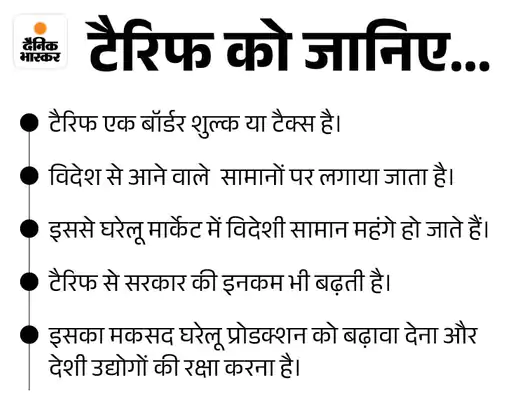
Question 1: What is this tariff and why did Trump impose India?
answer: Tariff means import duty. When a country buys goods from another country, it imposes some tax on it, it is called tariff. Trump says that India charges a lot of tariffs on American goods, while the US imposes less tax on Indian goods.
Trump feels that this is unfair. Therefore, he has announced to impose 25% tariff on India under his “mutual tariff” policy. He says that India imposed more tax on their goods, so now they will also impose heavy tariffs on India’s goods. Also, Trump has expressed displeasure over India buying oil and military equipment from Russia.
Question 2: How far did the trade deal between India and America reach?
answer: India and America have been working on a trade deal for a long time. On August 25, the US team will come to India and the sixth round of talks will be held.
Indian officials are expecting a major agreement by September or October, but some issues have not yet agreed, such as agriculture and dairy sector. India is not ready to open genetically modified crops and dairy markets.


